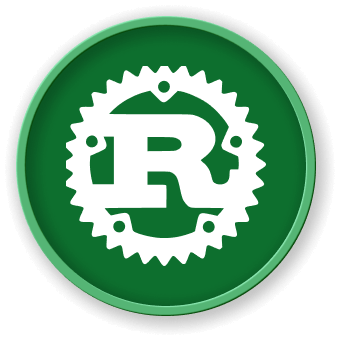Introduction
In this lab, we will be learning about vectors, which are re-sizable arrays in Rust that can grow or shrink at any time. A vector is represented using three parameters: a pointer to the data, length, and capacity. The capacity indicates how much memory is reserved for the vector, and when the length surpasses the capacity, the vector is reallocated with a larger capacity. We can collect iterators into vectors using the collect method, initialize vectors using the vec! macro, insert new elements at the end using the push method, and get the number of elements using the len method. We can also access elements using indexing, remove the last element using the pop method, and iterate over the vector using the iter or iter_mut methods. Additionally, there are more methods available for vectors in the std::vec module.
Note: If the lab does not specify a file name, you can use any file name you want. For example, you can use
main.rs, compile and run it withrustc main.rs && ./main.



